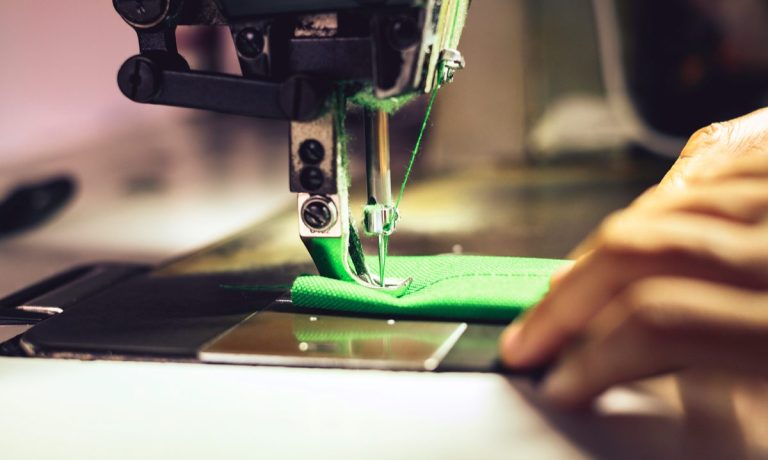
When the Washington Nationals won the 2019 World Series, it was against all odds — and yet, the first commercial after the final out was advertising championship merchandise available to be shipped within one day.
Brian Rainey, CEO of on-demand manufacturing company Gooten, said this is possible because of the underlying infrastructure set up to handle fast turnaround — rather than a single-source supply chain “in which you’re trying to produce as much volume through single channels,” he told PYMNTS, “you’re starting to see the need for a redundant shorter supply chain that gives you the ability to land raw materials or semi-finished goods or nearly finished goods as close to the end customer as possible.”
Several brands, including Rebecca Minkoff and Costello Tagliapietra, have begun producing items only after an order is placed by the customer to cut down on overproduction that can lead to heavy discounts, and losses, on unsold items. Other brands, such as Nike, New Balance and Calvin Klein, use the method to customize sneakers and other apparel.
To do this at scale, however, can be difficult, Rainey said, because it requires a massive shift from analog production processes to digital as well as a handful of separate vendors with the same underlying capabilities in order to create a redundant network — though this cuts down on the exposure to supply chain issues.
“This idea that you can stitch together the capacity that’s needed to begin on-demand adoption at a truly enterprise scale is not going to come from a single manufacturing partner,” Rainey said. “It’s going to come from disparate capabilities of a lot of specialized manufacturers … that allows for the right production method to be applied in the right time.”
By shrinking the supply chain, he said, the time it takes to product and ship an item can be reduced from between 30 and 45 days to between two and three days — or seven to 10 days for certain fashion items, such as jeans or cut-and-sew dresses. Gooten produces 70% of its orders in the U.S. at 23 factories spanning from New Jersey to Oregon.
“Even lowering that restock supply chain from a 45-day or 90-day lead time to a 14-day lead time, you can significantly cut down on the initial inventory run that you need, you can be much more reactive as customer preferences dictate the winners and the losers within a design, a SKU, a model, a season,” Rainey said.
Supply Chain Hurt
Supply chain issues have dominated headlines for nearly 18 months because of increased costs and delays as an increase in consumer demand meets a lack of available resources and labor needed to transport thousands of goods and materials around the global economy. Nike Chief Financial Officer Matt Friend told analysts and investors last month that transit times from Asia to North America are nearly double pre-pandemic levels.
“These elevated transit times that we’re seeing — we’ve been talking about them now for several quarters and they worsened this quarter — continue to have an impact on our business,” Friend said.
See: Factory Closures Cause 10-Plus Weeks of Lost Production for Nike
Though likely not in time for the holiday shopping season, which is already underway for many retailers and shoppers, bank executives earlier this week seemed optimistic that supply chain disruptions could be alleviated in the coming months, with JPMorgan Chase CEO Jamie Dimon saying that snarls “will not be an issue at all next year.”
“This is the worst part of it, and the great market system will adjust for it,” he said at the Institute of International Finance conference earlier this week.
Read more: Bank Execs Wary but Hopeful Supply Chain Snarls Will End by 2022
Even when supply chains fully recover, though, Rainey said the need for on-demand manufacturing will still be there. Earlier this year, for example, Nordstrom said it aims to increase the selection on its website from 300,000 items to 1.5 million, which would be near impossible to accomplish without on-demand capabilities; and retailers will likely start moving toward offering more personal merchandise to shoppers.
“In the same way that the ability to track you across the web can tailor a marketing message to what is intimated that you want to buy anywhere across the web, you’re going to start seeing that with commerce,” Rainey said. “You’re going to go to a website of a merchant, and that merchant is going to have, in real time, a differentiated set of products for you.”